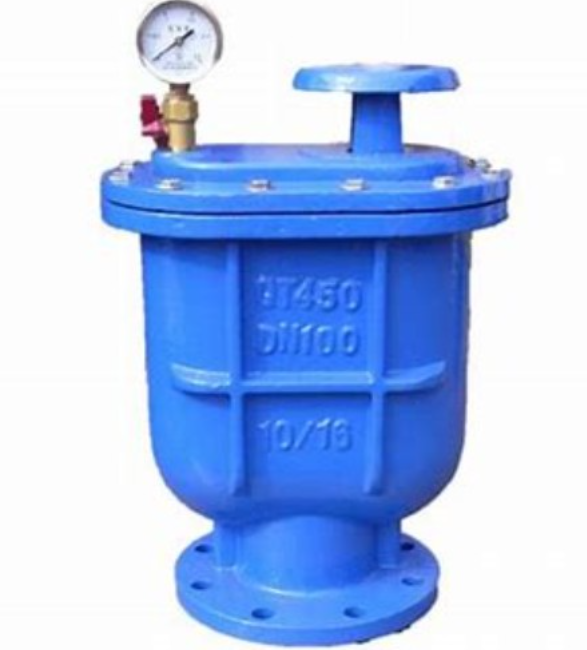Understanding the Importance of Rubber Control Joints in Concrete Construction Applications for Flexibility and Durability
Understanding Rubber Control Joints A Comprehensive Overview
Rubber control joints play a pivotal role in construction and civil engineering, specifically designed to manage the stresses that develop in concrete structures. When concrete sets and cures, it is subjected to various forces, including thermal expansion, contraction, and settlement. These forces can lead to cracking, which compromises the structural integrity and aesthetics of a building or pavement. Rubber control joints offer an effective solution to mitigate these issues while allowing for necessary movement.
What Are Rubber Control Joints?
Rubber control joints are flexible materials installed in concrete slabs, pavements, and walls to allow for movement without cracking. Typically created from durable elastomeric rubber, these joints provide the necessary flexibility to accommodate expansion and contraction caused by temperature changes and moisture variation. They are engineered to absorb stresses and vibrations, thus providing an essential buffer that protects the surrounding materials.
Importance of Control Joints
The installation of control joints is crucial for several reasons
1. Crack Prevention Concrete has a natural tendency to crack due to shrinkage, thermal expansion, and varying load conditions. By strategically placing rubber control joints, engineers can predict and direct the formation of cracks to specific areas, minimizing unsightly damage and potential structural failure.
2. Movement Accommodation Rubber control joints are designed to accommodate the movement of concrete as it expands and contracts. This flexibility ensures that the structural integrity of the building or pavement is maintained over time, even under changing environmental conditions.
3. Longevity Incorporating rubber control joints into a concrete design contributes to the longevity of the structure. By effectively managing stresses, these joints help reduce maintenance costs and extend the lifespan of concrete applications.
Applications of Rubber Control Joints
rubber control joint

Rubber control joints are employed across various applications, highlighting their versatility and effectiveness. Common uses include
- Pavements and Parking Lots Commercial and residential pavements benefit from rubber control joints, which help prevent cracking due to heavy traffic loads and temperature fluctuations.
- Walls and Facades In buildings, these joints can be utilized in exterior walls and facades to accommodate shifts caused by wind, temperature changes, and settling.
- Bridges and Overpasses Engineers incorporate rubber control joints in bridge constructions to mitigate the stresses caused by dynamic loads, such as moving vehicles and changes in weather conditions.
Installation and Maintenance
Proper installation of rubber control joints is key to their effectiveness. During the construction phase, control joints must be installed at predetermined intervals and depths based on the specific project requirements and concrete dimensions. The joints should be free from debris and moisture to ensure optimal adhesion.
While rubber control joints are durable, regular inspections are advisable to check for any signs of wear and tear. Over time, exposure to UV rays, extreme temperatures, and heavy loads may affect their performance. Timely repairs and replacements can help maintain the structure's overall safety and functionality.
Conclusion
Rubber control joints are a vital component in the construction and maintenance of concrete structures. Their ability to prevent cracking, accommodate movement, and enhance the longevity of materials makes them indispensable in modern engineering projects. As the industry continues to evolve, the integration of advanced materials and construction techniques will shape the future of how control joints are designed and implemented, ensuring safe and reliable structures for generations to come.
-
The Key to Fluid Control: Exploring the Advantages of Ball Valves in Industrial SystemsNewsJul.09,2025
-
The Versatile World of 1, 2, and 3 Piece Ball ValvesNewsJul.09,2025
-
Stainless Steel Ball Valves: The Ideal Choice for Efficient Flow ControlNewsJul.09,2025
-
Optimizing Fluid Control with Ball Float ValvesNewsJul.09,2025
-
Manual Gate Valves: Essential for Control and EfficiencyNewsJul.09,2025
-
Everything You Need to Know About Butterfly ValvesNewsJul.09,2025
-
The Versatility of Wafer Type Butterfly ValvesNewsJul.08,2025




